Documenting the beauty of your travels is a great way to remember the experiences. In today’s age of social media, posting pictures and sharing memories with your friends and family is important. You don’t need to be a professional photographer to get excellent shots.
We wanted to share with you our tips on how to get the best travel photos. Following these tips will start improving your photography game to best capture special moments.
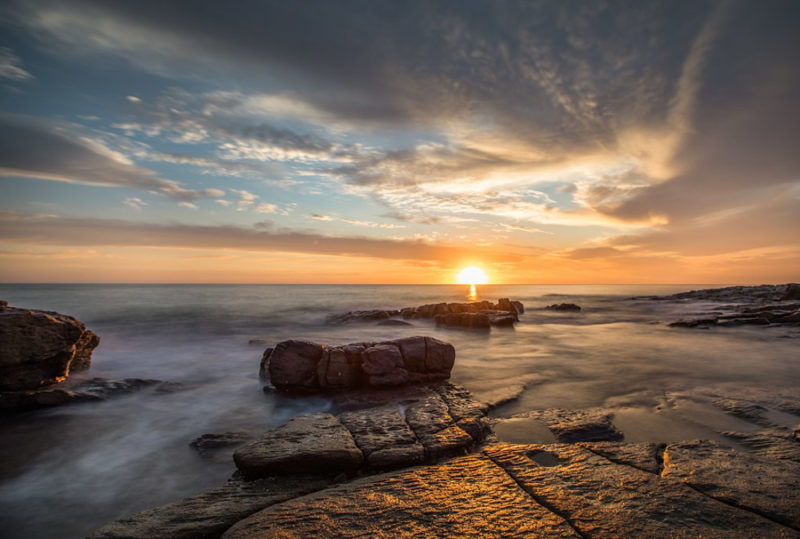
Content and photographs provided by Yana Kogan and Timon.
Disclaimer: This post may contain affiliate links. If you make a purchase or booking through one of our links we may earn a small commission (don’t worry, it’s at no extra cost to you).
8 Tips For Getting The Best Travel Photos
1. Choose Photogenic Destinations
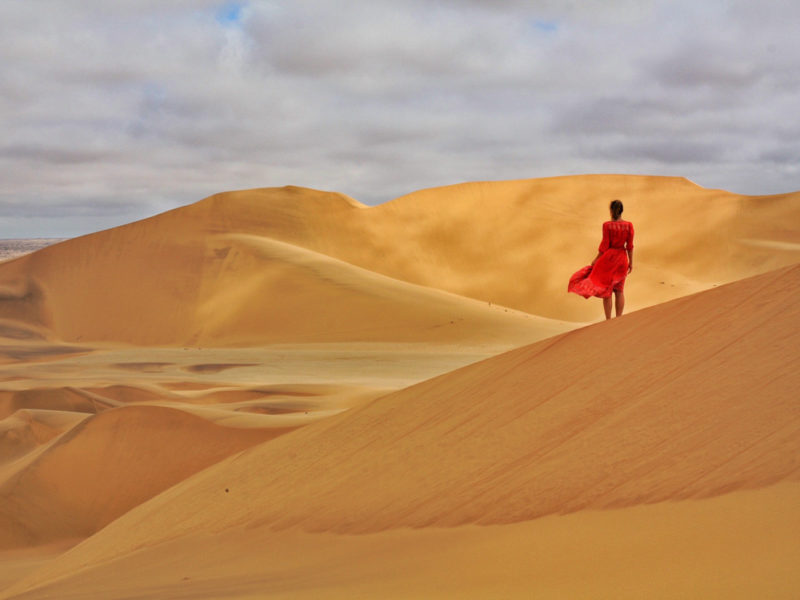
One of the most important things for getting amazing travel photos while traveling is picking photogenic destinations. While popular destinations like Thailand, Mexico, and Hawaii have ample places to get some insane shots, finding up-and-coming destinations also come with fewer crowds.
These intriguing locations are less photographed and less overdone. Namibia is hands down one of the best places to photograph in the world.
2. Get Good Gear
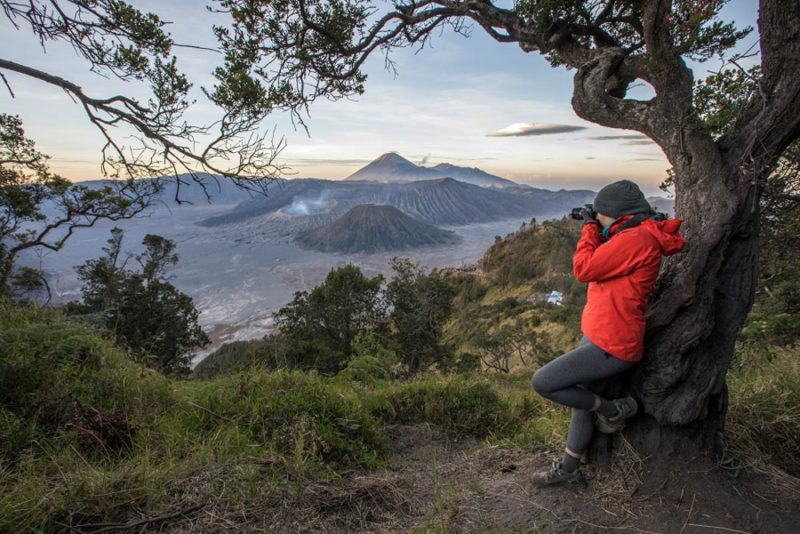
With the quality of cameras in the new iPhones and Android phones, you don’t need a DSLR camera to get great shots. However, having a DSLR camera has some incredible advantages. Having the ability to manipulate travel photos with different settings is imperative to any aspiring photographer.
Image sharpness, focus points, bokeh, long exposure, and so many other components come into play with DSLR cameras. It makes it easier to get a beautiful shot. Camera equipment is not cheap these days. We suggest starting out with second-hand equipment. We have done it for years and saved thousands of dollars on high-end gear.
Curious about my gear? I use a Canon 5D MIV camera and depending on the setting, switch between these lenses: Canon 16-35mm F/2.8, Canon 24-70mm F/2.8, and Canon 70-200mm F/2.8. For aerial photography, I use a Mavic Pro drone. However, keep in mind no matter how much your gear costs it doesn’t always mean better photos.
3. Experiment With New Techniques
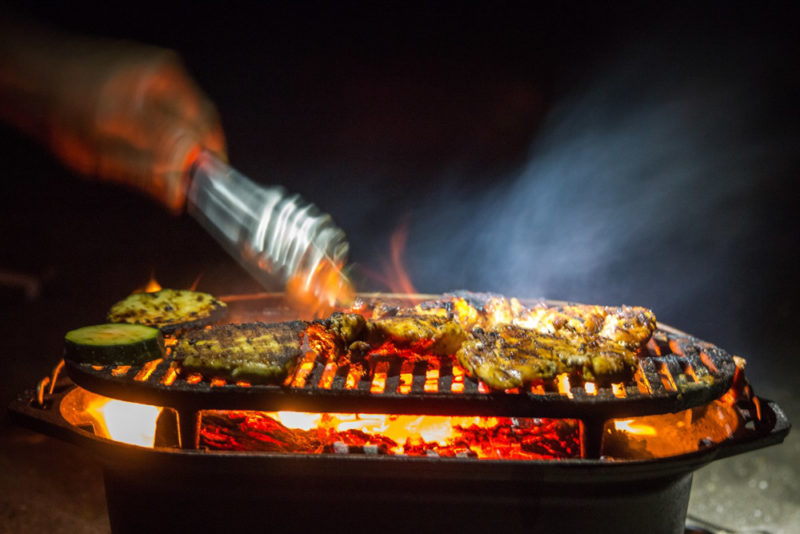
There’s no harm in being experimental with your photography. In fact, most professional photographers use trial and error to get new and innovative shots. So, how do you do that? A great way to learn is to go to a location near your home and find ways to get creative in capturing ordinary objects and scenery.
For example, trees, flowers, rocks, windows, cars, or people can all be used as subjects. Instead of taking regular pictures try to think outside the box. Take pictures fully zoomed in, find ways to create geometric shapes, or consider taking long exposure shots. This will enable you to think differently when taking a photo.
Get creative and don’t stop experimenting.
4. Shoot in RAW Format
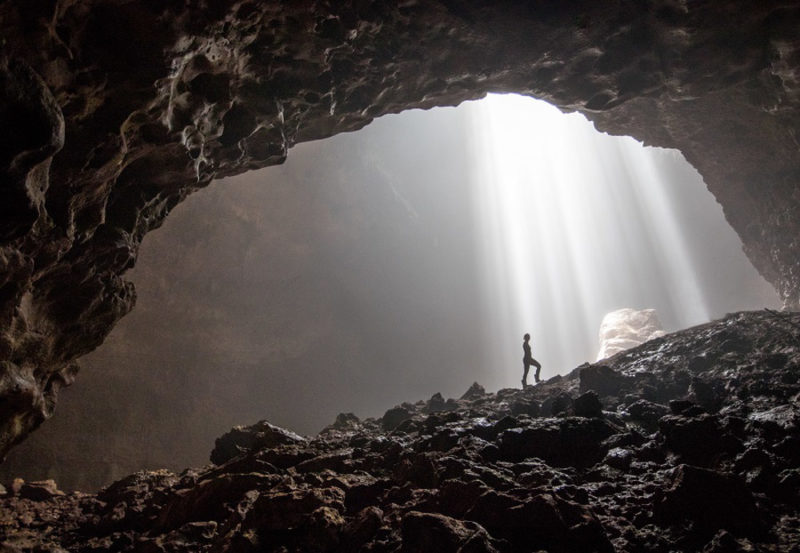
Shooting in RAW format allows for manipulation of the photo in extraordinary ways. The difference between taking photos in JPEG format and RAW, is in JPEG the camera will snap a picture in RAW, and then process and compress the image automatically for you.
While in RAW mode, the camera stores all the information about the picture, allowing you to take control during post-processing (i.e. Lightroom/Photoshop). This allows more ability to correct the picture, whether is for overexposed shots or to edit out hoards of people from the photo.
Even if you don’t currently use software to post-process photos today, one day you might want to, so it is still worth holding on to RAW formatted travel photos. Also, technology is always changing and it will be possible to re-edit old photos to create better images.
5. Capture Unique Moments
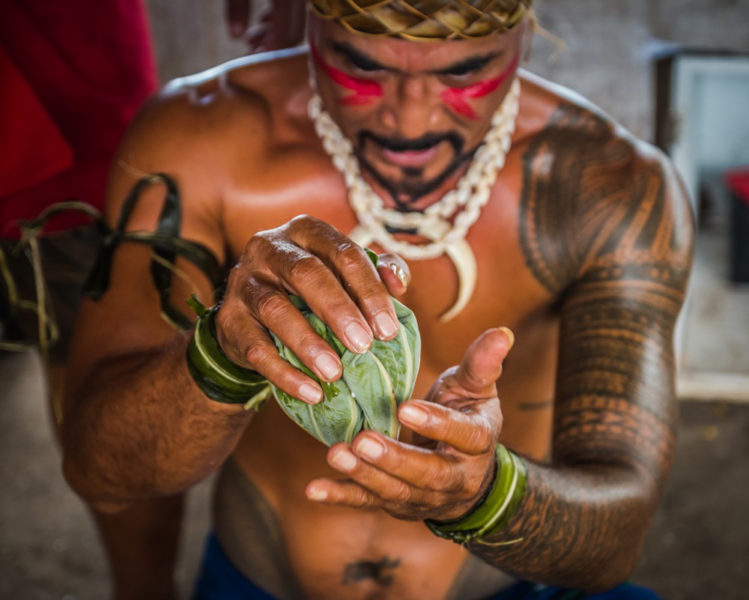
While traveling, it is great to take unique and interesting pictures. Immerse yourself in a place to get shots of local people and cultures. Be sure to talk to them and ask if you can take a photo, in many instances, people are more than willing to pose for a shot. You might even be pleasantly surprised with an invitation to drink local wine or eat a home-cooked meal.
In many places, we have visited the people who help tell a country’s story. Wildlife photography can also capture impressive raw moments. Whether it is bird watching, your best friend’s dog chasing a ball, underwater photography of marine life, or cheetah killing prey in the Etosha National Park, each moment cannot be replicated and can make your photography stand out.
6. Spend The Time
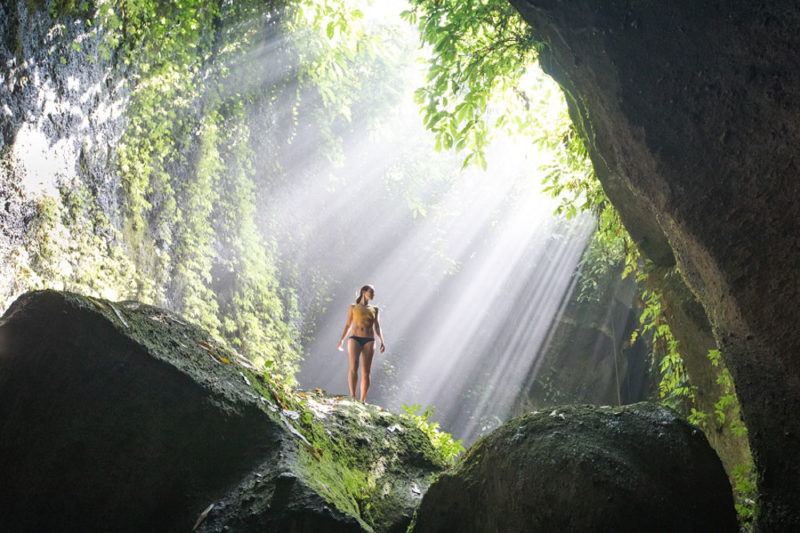
When we first started traveling, we would create excel spreadsheets with dozens of places to visit while on holiday. Ten days in Italy would be packed with stops at Rome, the Amalfi Coast, Florence, Venice, and Tuscany. Sure, it’s possible to pack it all in and visit as many places as possible, but I can guarantee you that your photos will suffer.
Photography takes time. Recently, we visited Tukad Cepung waterfall in Bali, Indonesia. This is one of our favorite waterfalls in Bali. It also is a tight space and with a group of only 10 people, it could feel crowded. Getting the right shot takes time. Most people show up, spend 15 minutes and leave for their next destination. We were there for nearly two hours. Waiting for people to not be in the shot, the right lighting, and playing with different angles takes time.
Sure, you might have to cut out places to visit on your holiday, but your picture game will get stronger!
7. Photograph in Manual Mode
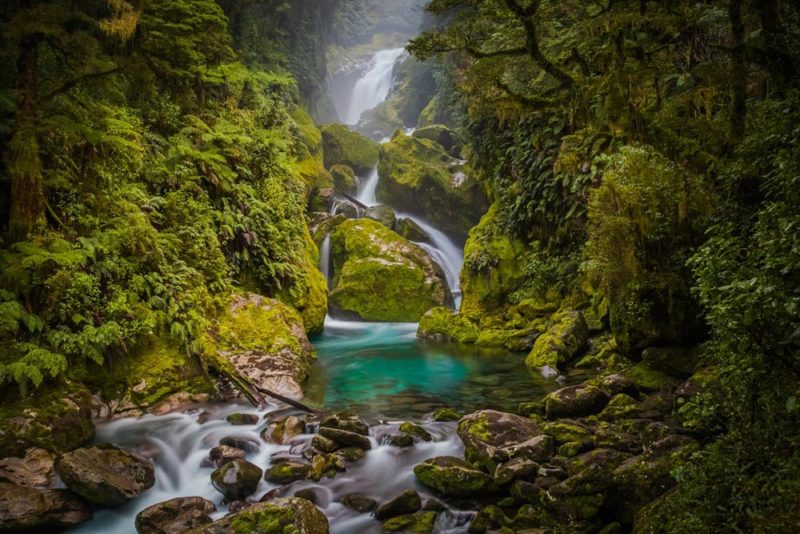
If there is one thing you take home from this article it would be this. Learning how to shoot in manual gives full control over the camera. There are times when the lighting is perfect, and auto mode might get it right, but most of the time, that is not the case.
To properly adjust for lighting, especially in unideal situations, understanding how to shoot in manual can be the difference from getting no shot to getting THE shot. It is virtually impossible to get good shots of astrophotography without using manual settings. Also, some of my favorite shots have been while using long exposure settings to create a dreamy look.
8. Wake Up Early
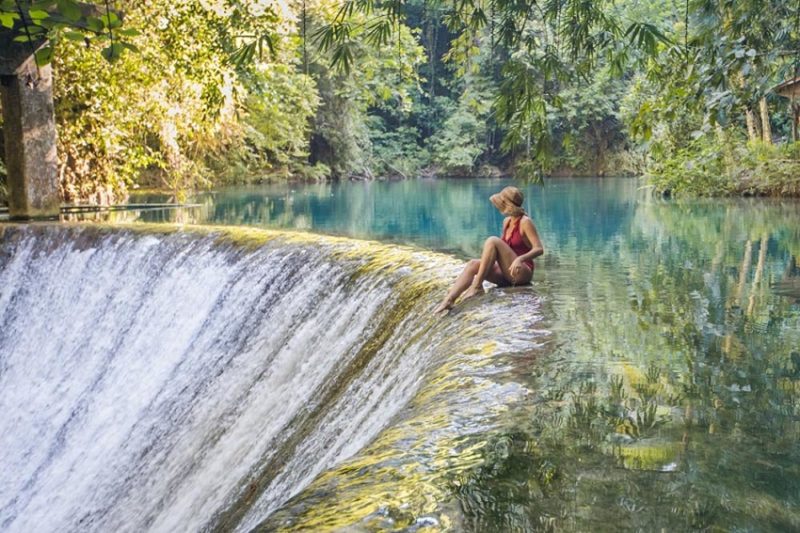
This is no secret for photographers. The best travel photos usually are captured at sunrise or just after the first light. With perfect soft lighting, sometimes you will have famous places all to yourself. Traveling with tours can be difficult to get this done, but for independent travelers, this is one of the best ways to immediately boost your photography.
Visiting bucket list destinations, such as exotic islands in the Philippines are getting more and more popular with tourists. Showing up before all the crowds arrive allows you to capture intimate moments with the best lighting of the day.
It’s time to go out and practice. The more time you spend focusing on these details and learning how to take better travel photos, the better the outcome will be. If there are other suggestions you think worked for you, we would love to hear about them. Let us know in the comments below!
That’s it – The secret to how we take beautiful photos!
Check out our favorite photography books for even more inspiration!
SHARE THIS ON PINTEREST
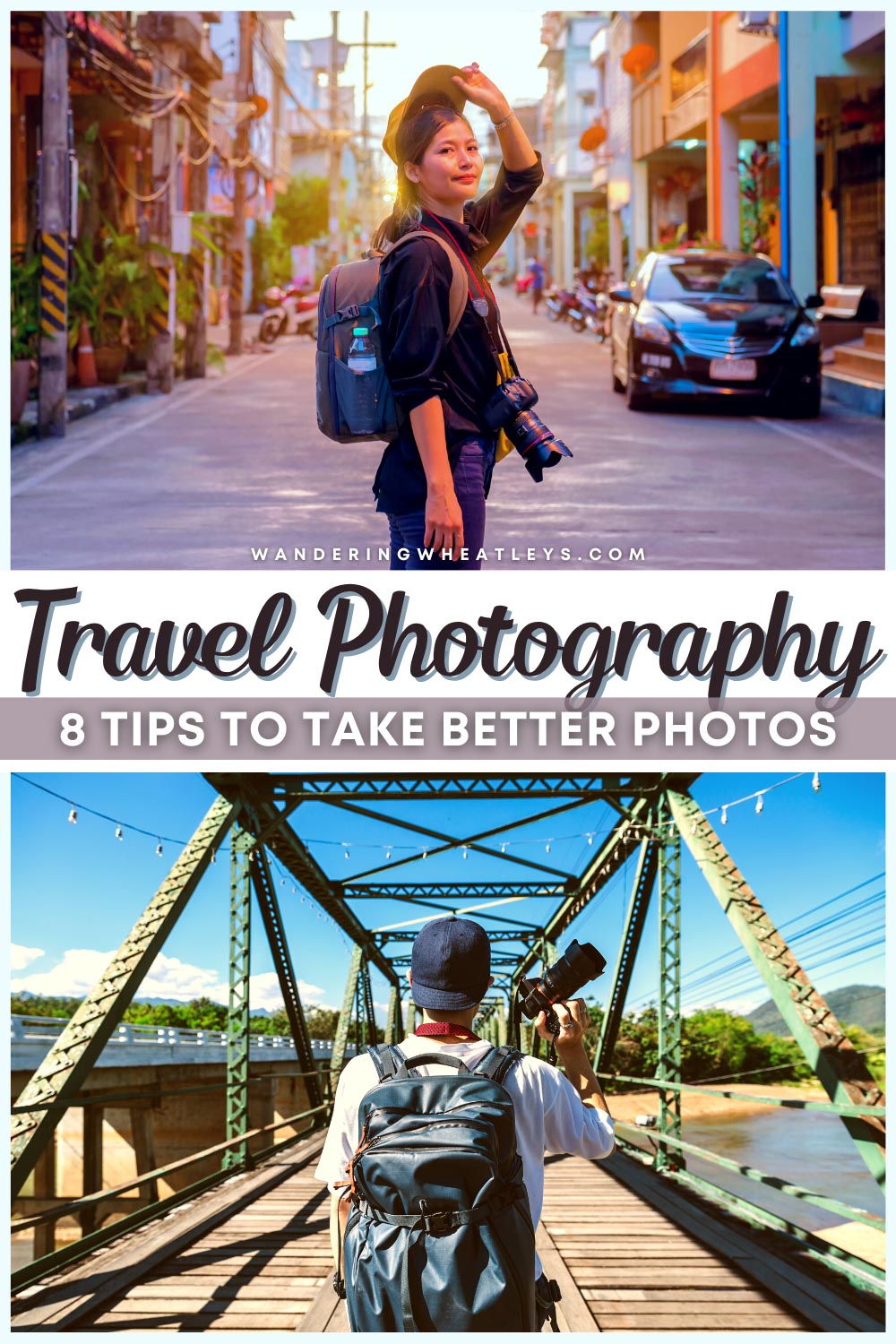
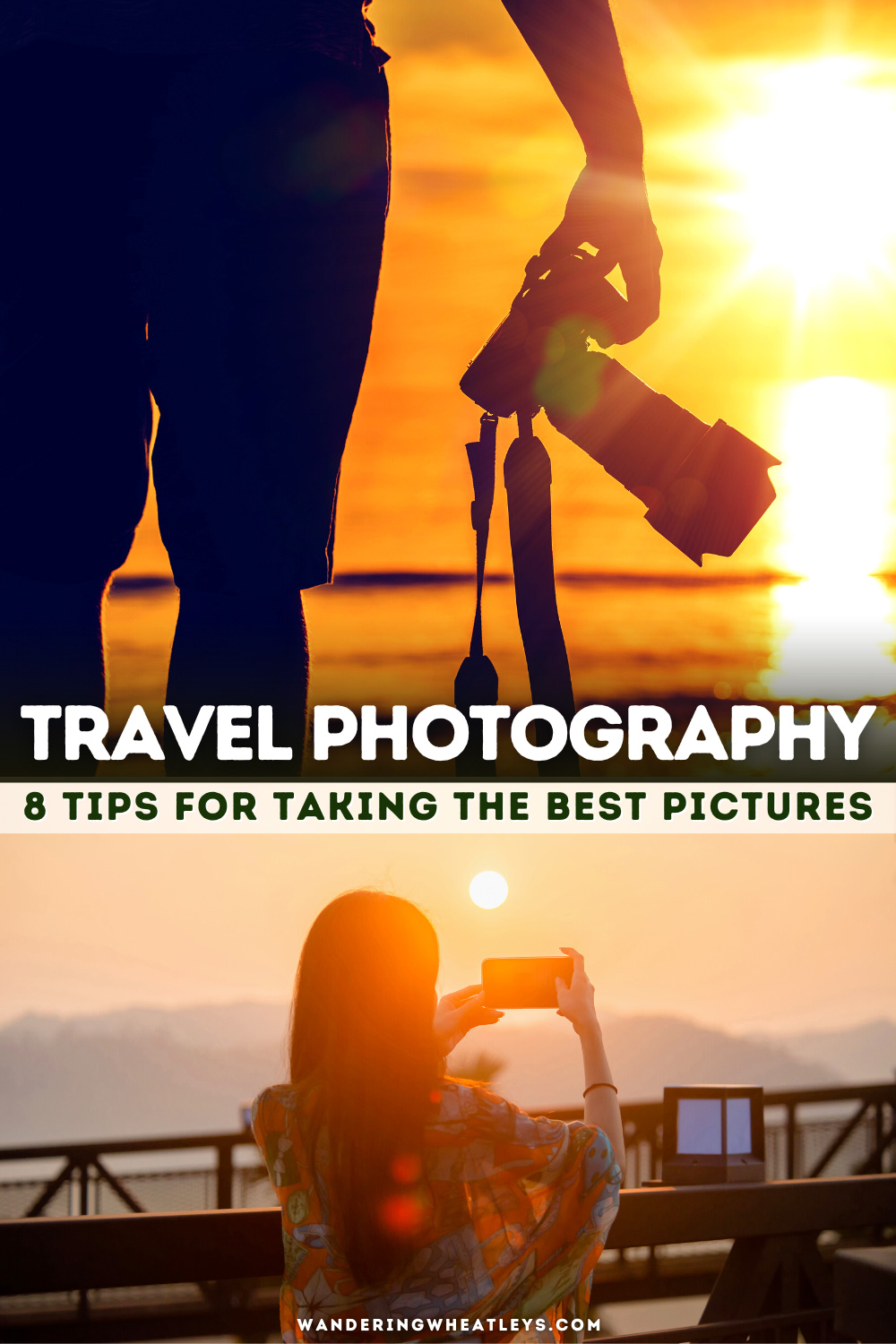
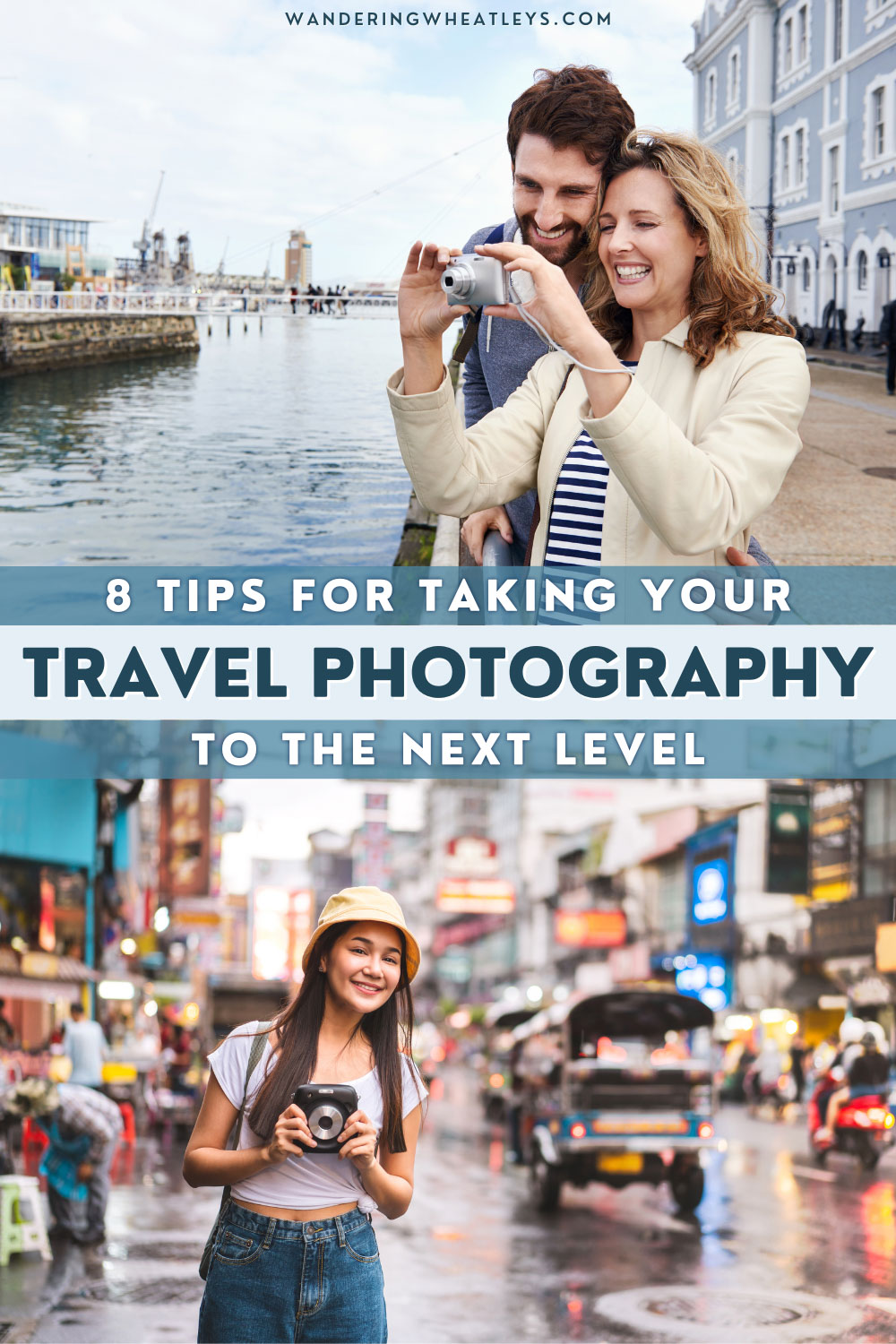

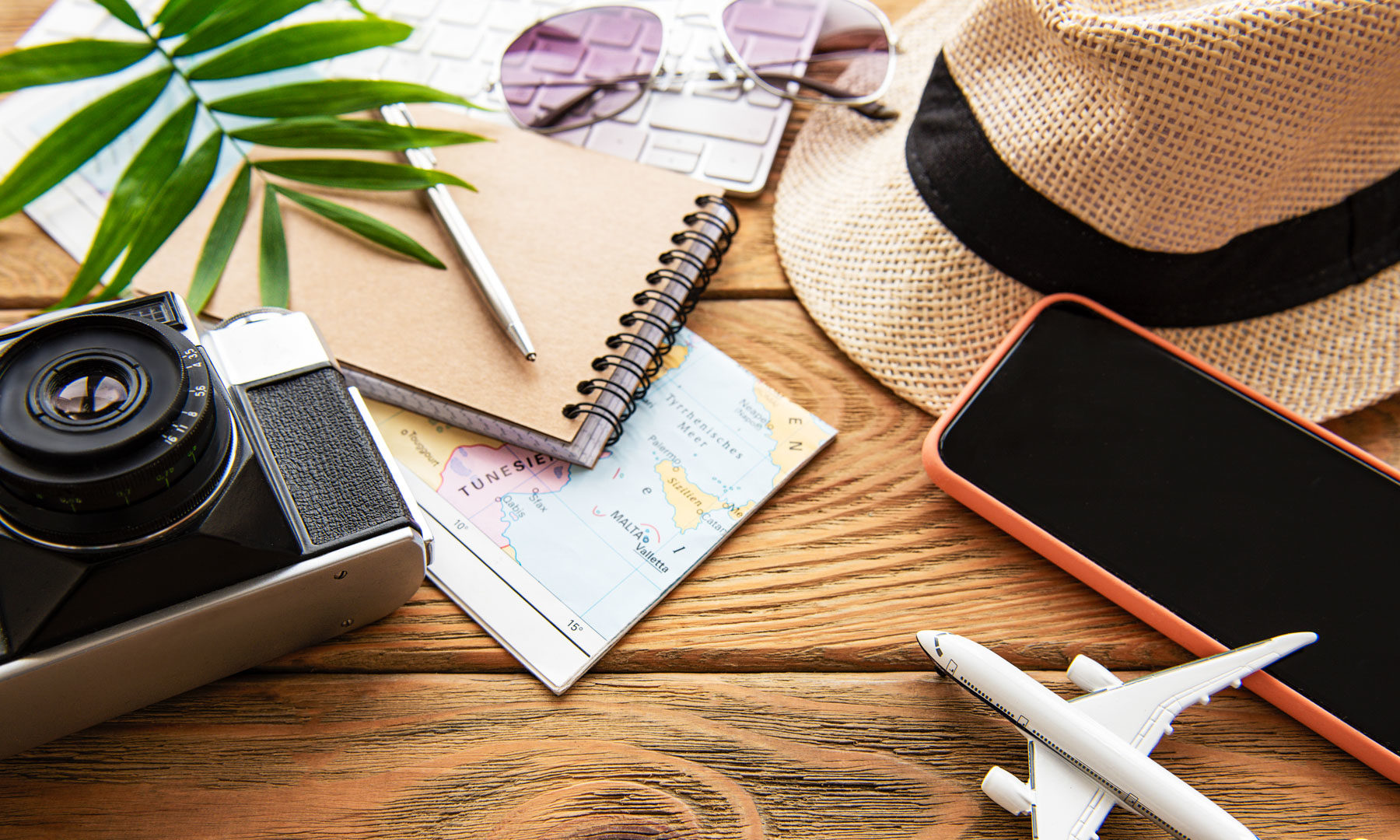




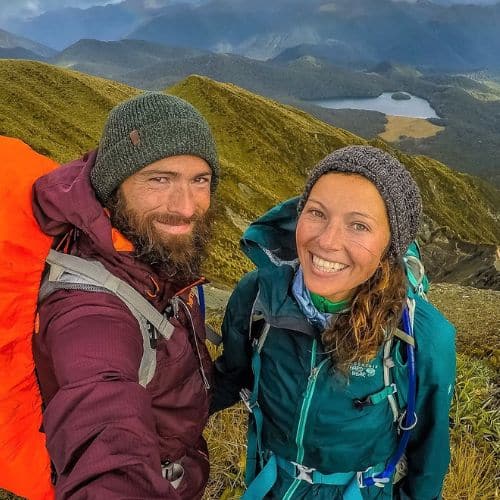
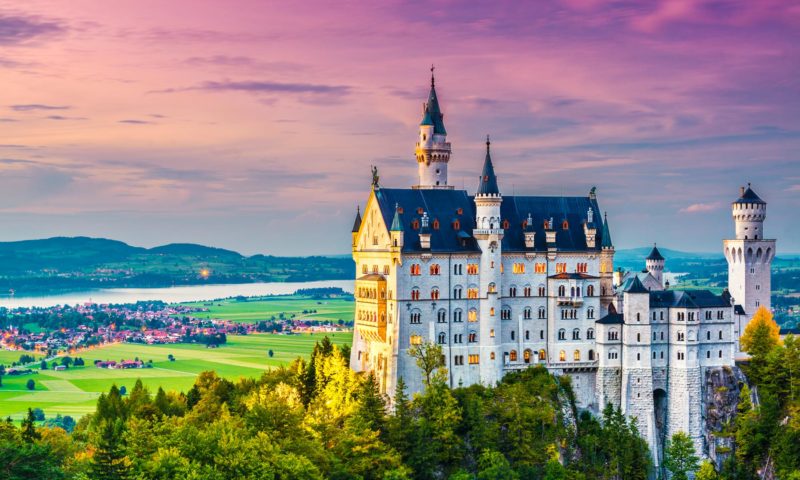
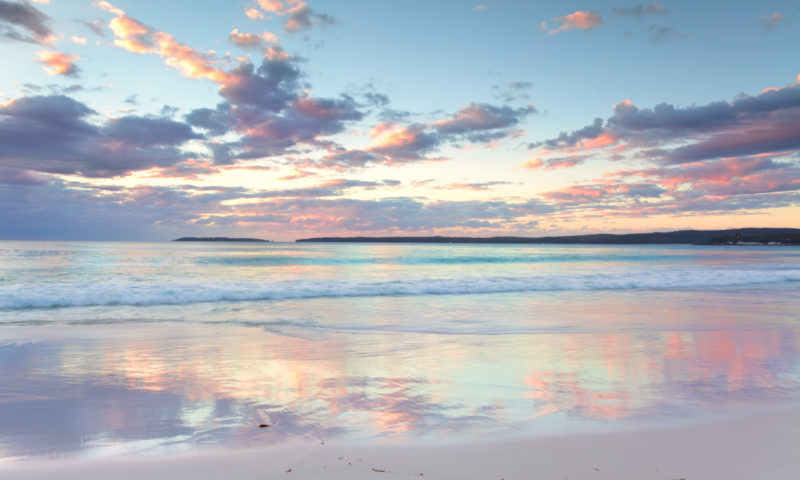
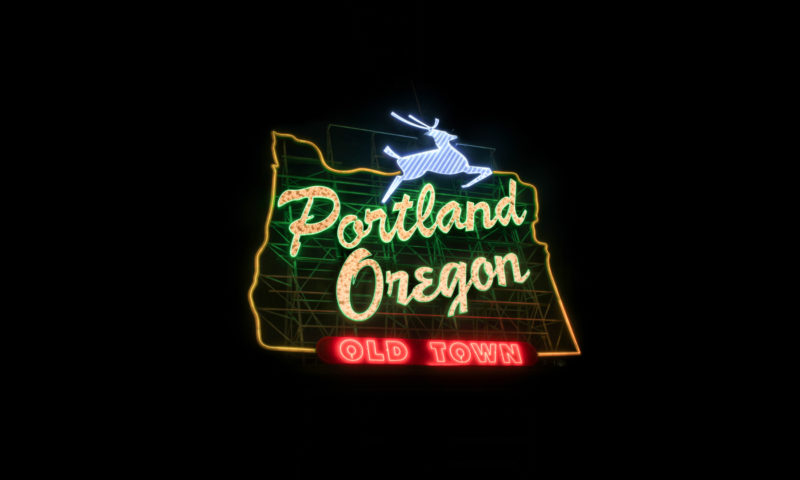
These are 8 fantastic tips!
I love taking photographs whilst on my travels. It’s so important to document these experiences for the future!
I’ll be sure to refer back here before heading out on my next adventure with my camera!
I am so glad you shared this information. It is very helpful for me.